 (jmg3rd posted these shots at the Cohort)
(jmg3rd posted these shots at the Cohort)
1955 marked the first year of Hudsons wearing Nash bodies after their merger, referred to as “Hashes”. It was a relatively much more successful mashup then the truly pathetic 1956-1957’s, the end of the road for Hudsons. (We did the full “Hash” story here). The short story is that this Wasp has a Nash114.3″ wb Nash Statesman body, but the 202 cu.in. little Hudson six engine, a highly undersquare design with a 3″ bore and 4.75″ stroke.
Hudson had no other choice: they squandered their last cash reserves on that ill-fated little toad of a compact, the Jet. George Mason, Nash’s visionary boss, scooped up the remnants of Hudson, and hoped to move on to the next step, merging with recently-merged Packard-Studebaker, to create a truly formidable Big Number Four.
The ’55 Hashes were palatable enough, but Ed Anderson, the rather uneven Design Chief at AMC, did a rather horrendous job on the ’56s, with what was called “V-Line Styling”.
I’d say it was more like “Joker” styling.
Note: a rerun of an older post.
Related CC reading:






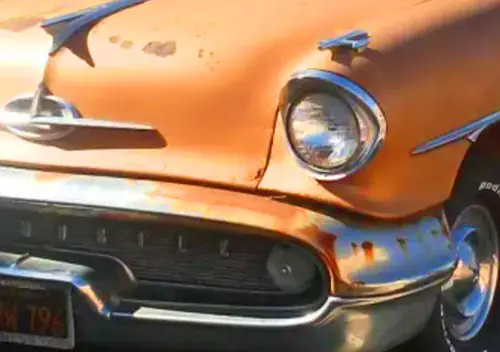
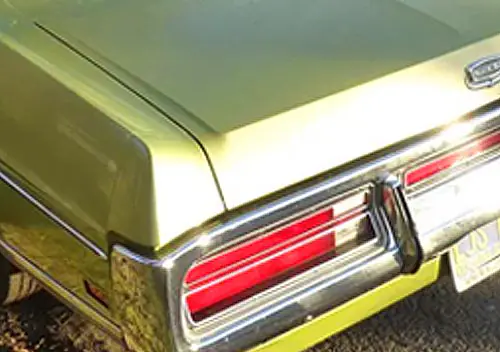
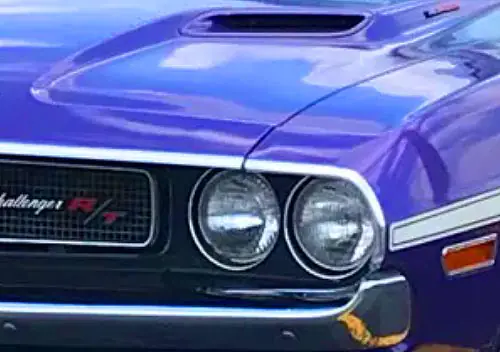


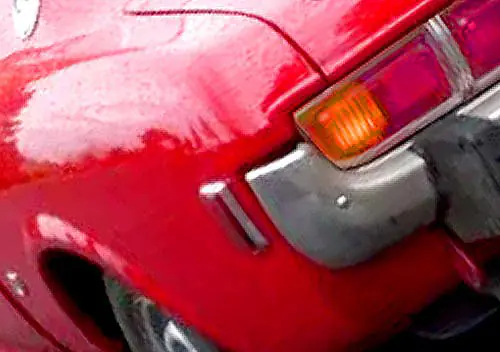

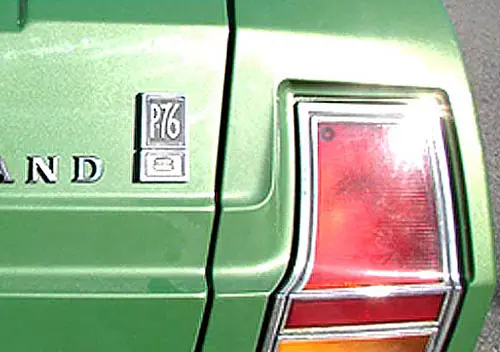
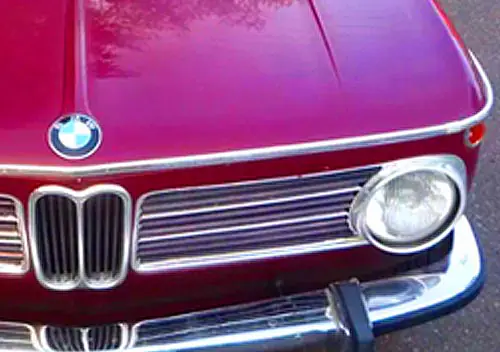

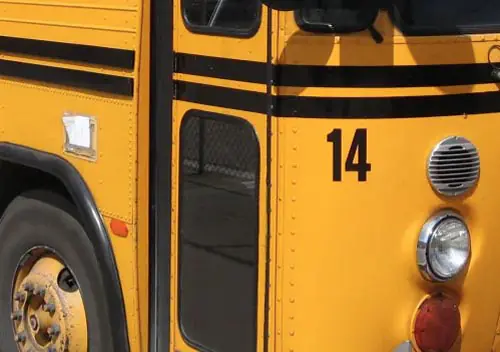
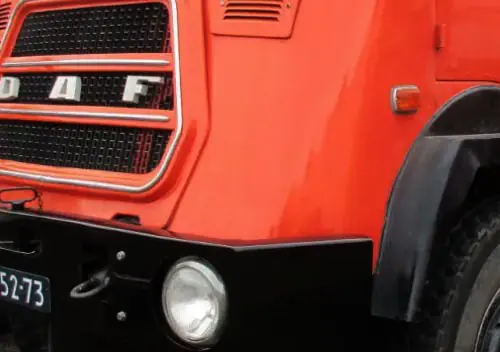
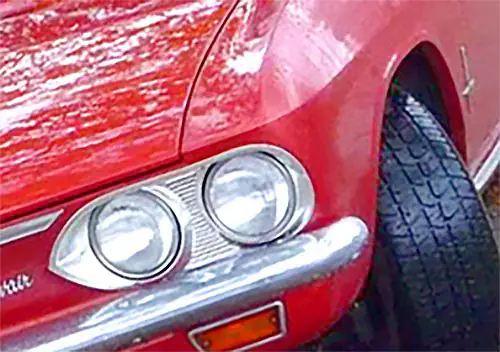
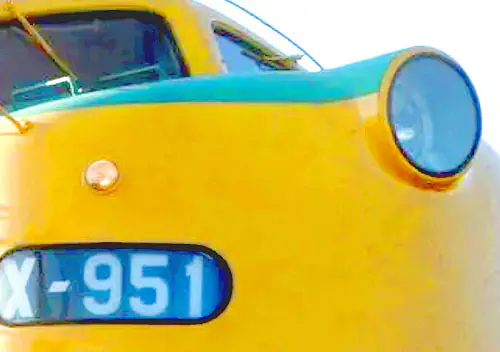
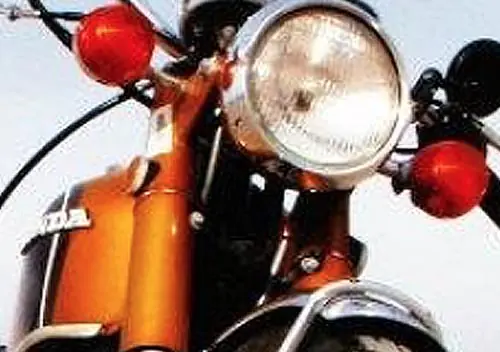
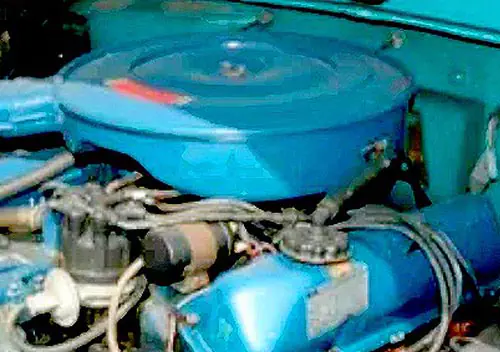
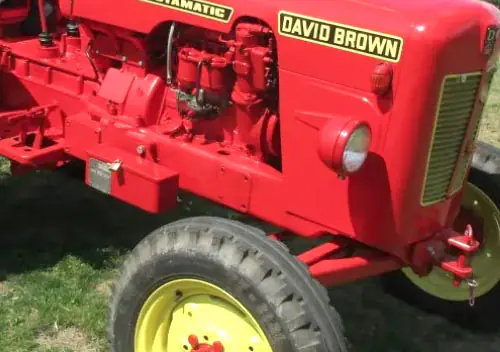
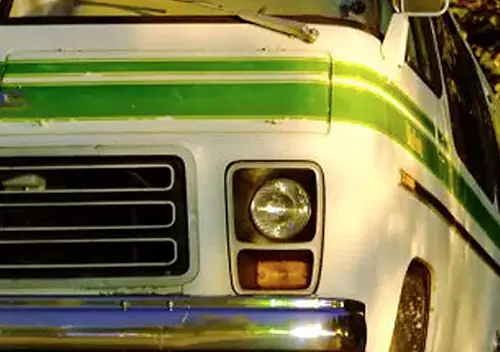

Genesis copied that grill for the G70.
I think they were hoping people forgot about the Hudson.
The Joker comparison kind of helps the ’56 since it’s at least in its intended medium of steel and chrome. Taking a character design for the very restrictive limits of comic book print and transferring it onto makeup on a flesh and blood human is of course going to throw it into the uncanny valley.
Speaking of media on newsprint, the ’55 looks like the generic car from a parts store flyer circa 1958-9.
While Ed Anderson worked on the 1955 Hudsons, Richard Arbib actually designed the 1956-57 Hudsons.
correct Richard Arbib did the 56-57 Hudsons. Arbib was an interesting character. Besides dating Betty Page, he styled the Packard Pan American and several Century boats. Also the Hamilton Ventura watch.
Arbib styled the Century Coronado and Arabian (shown here). These were mahogany wood boats and he pioneered painting accents and using colored stains. Very collectable.
I won’t post any pictures of his girl Betty Page
It’s a curious car. Leaving aside the Jet, this was a smaller car than Hudson had traditionally made, certainly post-war, probably since the 1939 112.
It’s certainly more attractive than the ’56 and ’57, and I think possibly more attractive then the Nash it was derived from. It looks more mainstream than the Nash. There’s an awful lot of crown in that roof; while this was common in the period, it looks weird to modern eyes. I think they reduced that for ’57.
Does anyone know whether the 202 six was as torquey as its long stroke suggests?
I too think this looks better in the Hudson livery .
I’m told the Hudson jet wasn’t a bad car just not what the market wanted .
-Nate
The Jet wasn’t a terrible car in any functional way, it was just dorky-looking and way too expensive for what the market would bear.
The ’54 was a better looking car in my opinion. Just saw a nice one displayed at the Minnesota State fairgrounds.
I’d have to agree. Unfortunately in 1955 the Hash was more in tune with the times. Although the ’54 Hudson body was in its seventh year, it looks – and is – lower.
It would be interesting to see that parallel universe in which George Mason’s Nash-Hudson DID merge with Packard-Studebaker. What would have come of that?
Still and all, it would be almost impossible to turn out anything uglier than the ’58 Packard Hawk (IMHO).
It’s well documented that Hudson could not price the Jet competitively, especially as the Big Three kept cutting prices of their most basic models. Why buy a smaller car when you can have a full-size car for the same or less money?
Yet Nash had success with the Rambler. They didn’t even try to compete with the Big Three, they just sold a premium compact (they coined the term) car.
Had Hudson invested in a new full-size platform instead of the Jet, maybe it would have held on longer.